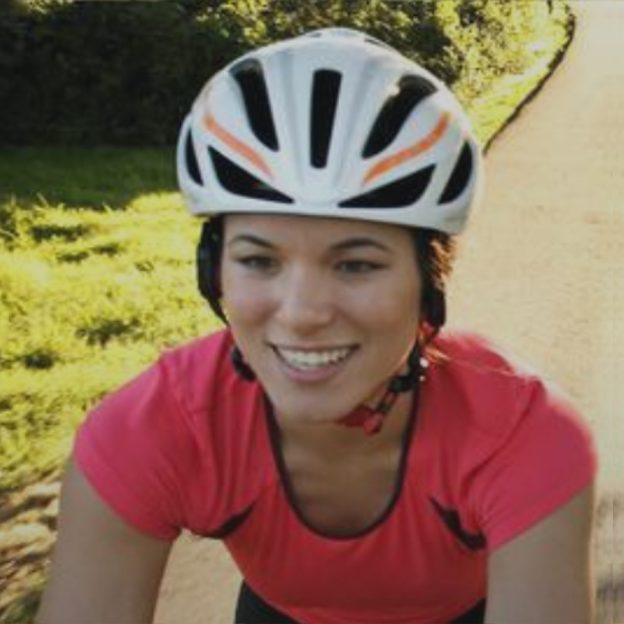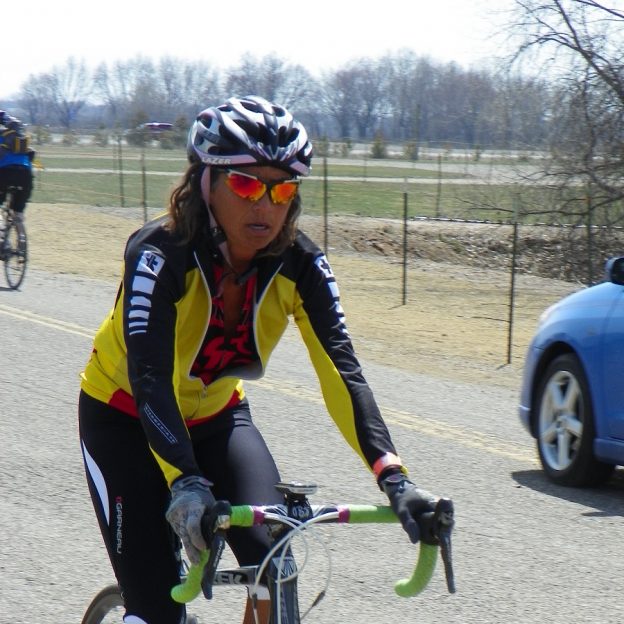Tag: bike helmet comfort
-

Tips and tricks for riding on roads more efficiently and more comfortably
Let’s get this out of the way first – Be Safe! With spring biking season soon here, you will be riding on roads with pedestrians, other riders, and cars. With more road traffic each year it is possible to have an accident even if you do everything correctly. Wear a helmet and review the following…
-

Bike Helmets showcased at Interbike featured comfort, connectivity and visibility
This year’s Interbike show had a ton of great new helmets. Read on to learn about this year’s best options for comfort, connectivity, and visibility in cycling head gear.
-

Consider Buying a Nicer Helmet That Adds Comfort to Bicycle Safety
While talking with a neighbor over the weekend, he said, “I need to go get a helmet….to set a good example for my son”. We reviewed all the reasons why buy a helmet and how to find the right one. Then I added some additional suggestions on why a more expensive helmet, with comfort and…
